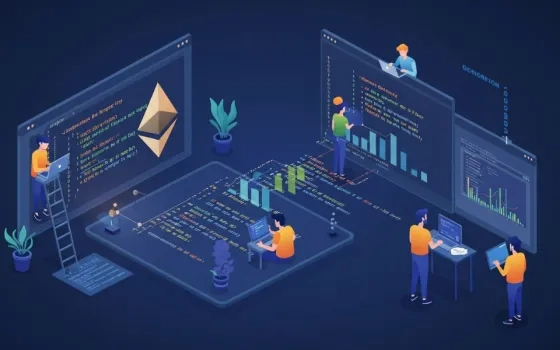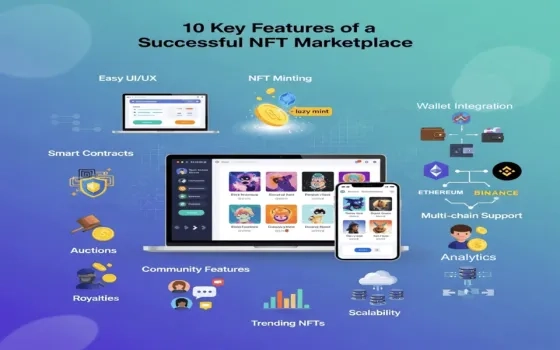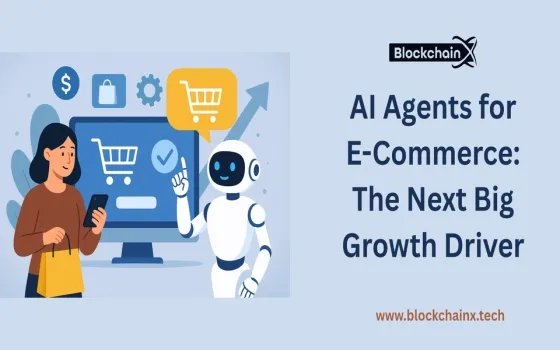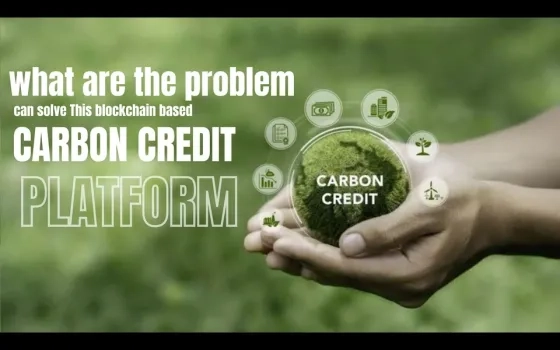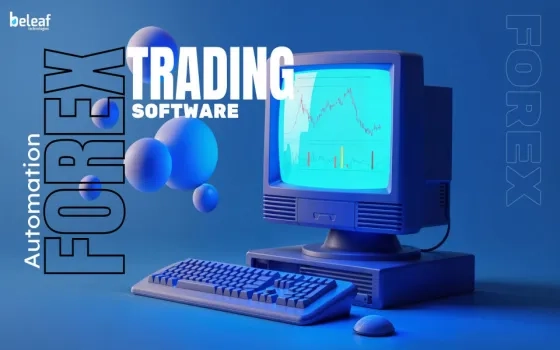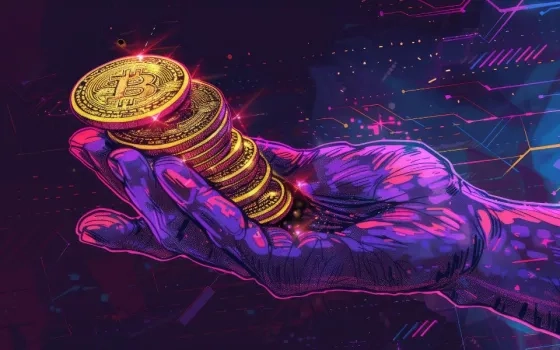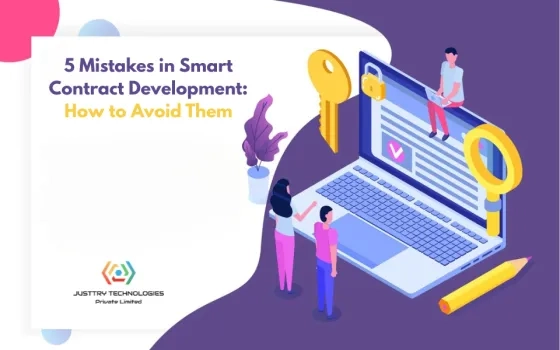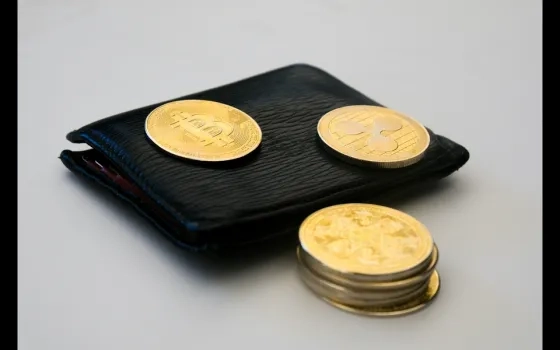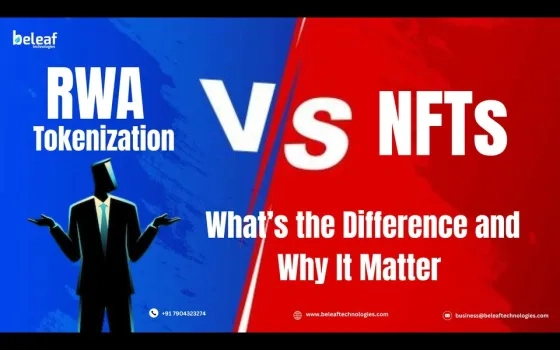The rise of blockchain technology has revolutionized how we perceive ownership and digital assets. Among the most exciting innovations to emerge is the concept of Non-Fungible Tokens (NFTs), which represent unique digital assets that cannot be replicated. At the heart of many successful NFT projects lies the Ethereum blockchain, renowned for its robust infrastructure and smart contract capabilities. This blog delves into the step-by-step process of building an NFT project using Ethereum tokens, providing a comprehensive guide that blends technical detail with practical insight. Whether you’re a developer seeking to launch your first NFT collection or an entrepreneur exploring the blockchain space, understanding Ethereum token development is crucial to harnessing the full potential of NFTs.
Understanding NFTs and Ethereum Tokens
NFTs have taken the digital world by storm, redefining the way we think about digital ownership, art, collectibles, and even intellectual property. Unlike cryptocurrencies such as Bitcoin or Ethereum’s native token (ETH), NFTs are unique and cannot be exchanged on a one-to-one basis. Each NFT carries distinct data, making it irreplaceable and highly valuable in contexts where uniqueness matters. The Ethereum blockchain is the foundation for most NFTs today due to its mature ecosystem and the standardized token interfaces it supports. Ethereum token development revolves around smart contracts that ensure transparency, security, and interoperability, enabling creators and users to trade digital assets confidently. Grasping these core principles is vital before moving into the technical development of your own NFT project.
-
Defining NFTs: Non-Fungible Tokens are unique digital certificates stored on a blockchain, verifying the ownership and authenticity of an asset. Unlike cryptocurrencies such as Bitcoin or Ethereum’s native token (ETH), NFTs cannot be exchanged on a one-to-one basis because each token has distinct properties.
-
Role of Ethereum Tokens: NFTs on Ethereum are primarily built using ERC-721 or ERC-1155 token standards. These smart contracts define how tokens behave, allowing creators to mint, transfer, and manage their digital assets securely.
-
Why Ethereum?: Ethereum’s decentralized network offers a mature platform with widespread adoption, developer tools, and community support, making it the leading choice for NFT projects.
-
Impact on Digital Ownership: Ethereum token development has empowered artists, gamers, and brands to monetize and authenticate digital content in unprecedented ways, fostering new economic models in the digital realm.
Planning Your NFT Project: Concept to Execution
Planning is the cornerstone of any successful NFT project. It requires much more than just a brilliant idea; it demands a clear understanding of your goals, target audience, and the technical requirements to execute your vision. In this phase, the conceptual framework of your project takes shape, including the type of NFTs you want to create, how they will be distributed, and what utility or value they offer to collectors. Careful planning of your project’s tokenomics and choice of the Ethereum token standard directly impacts user experience and long-term viability. Without a solid plan, even the most innovative NFT ideas can struggle to gain traction in an increasingly crowded market. This is where a strategic approach to Ethereum token development makes all the difference.
-
Define Your Project’s Purpose: Determine whether your NFTs will represent art, collectibles, gaming items, or something else. This clarity guides the development approach and marketing strategy.
-
Identify Your Target Audience: Knowing who will engage with your NFTs helps tailor features and user experience, from pricing models to utility options like access rights or perks.
-
Outline Tokenomics: Decide on the total number of tokens, rarity tiers, pricing mechanisms, and distribution strategies. Effective tokenomics incentivizes participation and sustains value.
-
Choose the Right Ethereum Token Standard: Select ERC-721 for one-of-a-kind assets or ERC-1155 for semi-fungible tokens that combine multiple asset types within one contract, depending on project needs.
Developing the Smart Contract: Core of Your NFT Project
The smart contract is the backbone of any NFT project, acting as the self-executing digital agreement that governs how your tokens behave. Developing a smart contract requires proficiency in Solidity, the programming language used for Ethereum token development. This phase involves not only writing code that can mint, transfer, and manage tokens but also ensuring the contract complies with industry standards like ERC-721 or ERC-1155. Additionally, incorporating metadata storage and integrating decentralized solutions such as IPFS for off-chain data enhances the token’s reliability and transparency. Security is paramount during this stage vulnerabilities can lead to irreversible losses or breaches. Rigorous testing and audits are necessary to safeguard your NFT project and uphold user trust in your Ethereum token development efforts.
-
Writing the Smart Contract Code: Use Solidity, Ethereum’s programming language, to create a contract that defines minting rules, ownership, and transfer functions. Solidity’s syntax supports various standards necessary for NFTs.
-
Implementing ERC Standards: Incorporate ERC-721 or ERC-1155 interfaces to ensure compatibility with wallets and marketplaces. This compliance streamlines user interactions and listing processes.
-
Adding Metadata and IPFS Integration: Link each token to unique metadata, including images, descriptions, and properties. Storing metadata on decentralized platforms like IPFS ensures immutability and resilience.
-
Testing and Auditing: Rigorously test your smart contract on Ethereum testnets such as Ropsten or Goerli to catch bugs and vulnerabilities. Consider third-party audits to enhance security and build user trust.
Deploying and Minting NFTs on Ethereum
Deploying your smart contract onto the Ethereum mainnet is a critical milestone in your NFT project’s lifecycle. This stage transforms your development work from a test environment into a live platform accessible to users worldwide. The deployment process requires careful management of gas fees, which can fluctuate significantly and impact the overall cost of your project. Once deployed, minting mechanisms must be integrated to allow users to create and claim NFTs under the rules defined in your contract. Additionally, optimizing your smart contract to reduce gas consumption during minting and transfers is essential to attract and retain users by lowering their transaction costs. Transparency tools like blockchain explorers help you and your community track and verify every transaction, building confidence in the project’s legitimacy and Ethereum token development.
-
Deploying the Contract: Use tools like Truffle, Hardhat, or Remix to deploy your smart contract to the Ethereum network. Deployment requires paying gas fees, which fluctuate based on network congestion.
-
Enabling Minting Mechanisms: Decide how users will mint NFTs through public sales, auctions, or reserved allocations. Integrate minting functions that handle payments, token assignment, and ownership recording.
-
Gas Optimization: Optimize your contract’s code to minimize gas consumption during minting and transfers, reducing costs for users and encouraging adoption.
-
Tracking and Verifying Transactions: Utilize Ethereum explorers like Etherscan to monitor contract deployment, minting events, and token transfers, ensuring transparency and accountability.
Building the Frontend Interface and User Experience
While smart contracts execute the core blockchain logic, the user interface is the bridge between your technology and your audience. A smooth, engaging frontend makes it easy for users to interact with your NFT project, whether minting new tokens, viewing their collections, or transferring assets. This stage requires integrating popular Ethereum wallets such as MetaMask and Coinbase Wallet, enabling users to connect securely without compromising their private keys. Presenting real-time blockchain data enhances transparency and trust, while community features help foster engagement and loyalty. Thoughtful frontend design improves accessibility, lowers user friction, and ultimately supports the success of your Ethereum token development by ensuring a satisfying and frictionless user experience.
-
Designing an Intuitive UI: Create a visually appealing, easy-to-navigate website or app that showcases your NFT collection and facilitates minting and wallet integration.
-
Integrating Wallet Support: Connect popular Ethereum wallets such as MetaMask, WalletConnect, or Coinbase Wallet to enable users to interact with your smart contract effortlessly.
-
Displaying Real-Time Data: Fetch live blockchain data about minted tokens, ownership status, and transaction history using APIs or web3 libraries.
-
Incorporating Community Features: Add social elements like forums, chats, or event announcements to build engagement and foster loyalty among your NFT holders.
Marketing and Growing Your NFT Project
Launching your NFT project technically is only half the journey; effectively marketing and growing your project is critical to its adoption and longevity. Building a strong brand identity around your NFTs helps differentiate your project in a saturated market. Social media platforms like Twitter and Discord have become central hubs for NFT communities, allowing creators to connect directly with collectors and enthusiasts. Strategic collaborations with influencers and well-timed drops or auctions generate excitement and buzz. Moreover, supporting secondary market activity encourages liquidity and ongoing interest in your tokens, increasing their long-term value. A well-rounded marketing approach complements your Ethereum token development efforts by amplifying visibility and engagement.
-
Building a Strong Brand: Develop a compelling narrative around your NFT project that resonates with your audience and differentiates you from competitors.
-
Leveraging Social Media and Influencers: Use platforms like Twitter, Discord, and Instagram to share updates, engage followers, and collaborate with influencers for wider reach.
-
Hosting Drops and Events: Plan timed NFT drops, auctions, or virtual events to create excitement and urgency among collectors.
-
Encouraging Secondary Market Activity: Facilitate trading on NFT marketplaces by ensuring your tokens are listed and promoted, enhancing liquidity and long-term interest.
Conclusion
Building an NFT project with Ethereum tokens requires a blend of creative vision, strategic planning, and technical expertise. From understanding the foundational concepts of NFTs and Ethereum token development to crafting secure smart contracts and designing engaging user interfaces, every step plays a critical role in shaping a successful project. By following a systematic approach that balances innovation with best practices, developers and creators can unlock new opportunities in the digital economy, paving the way for lasting value and community growth within the evolving blockchain landscape.



